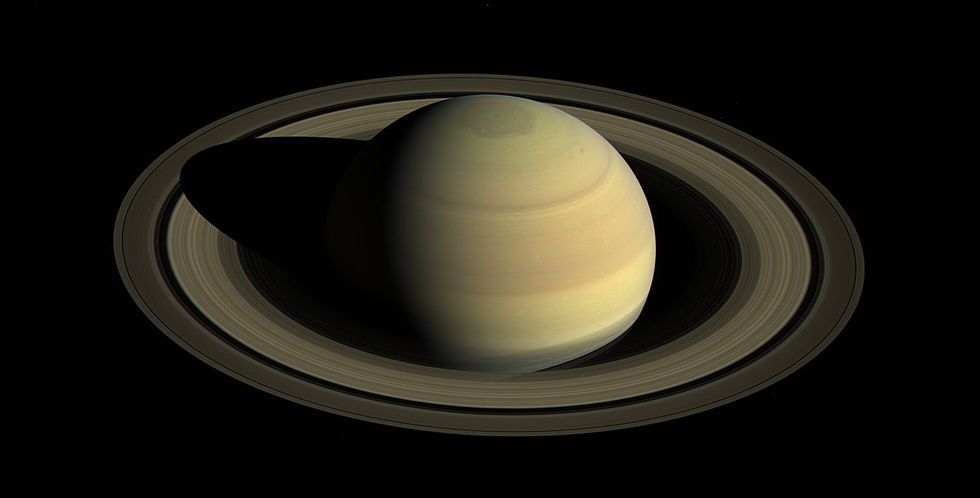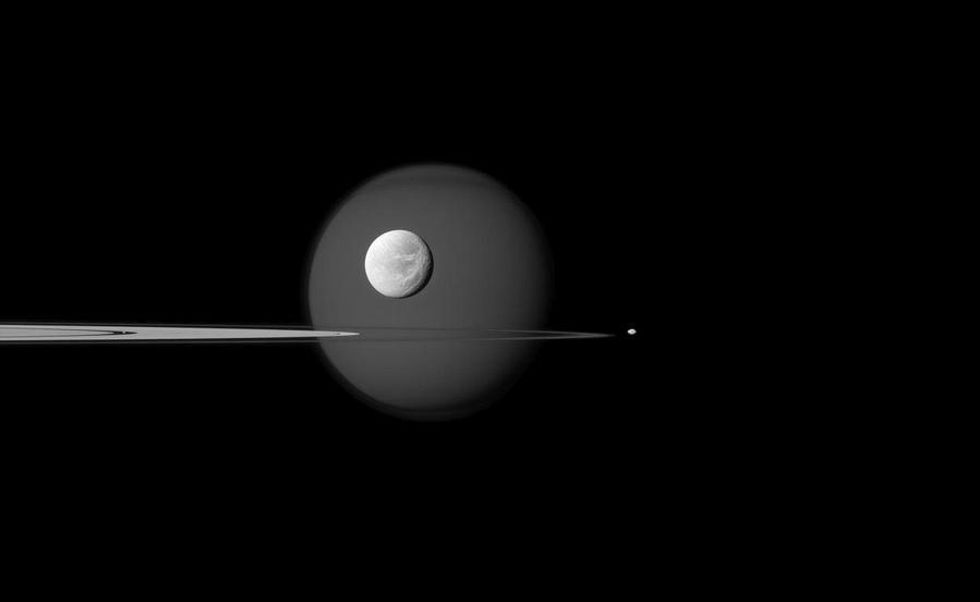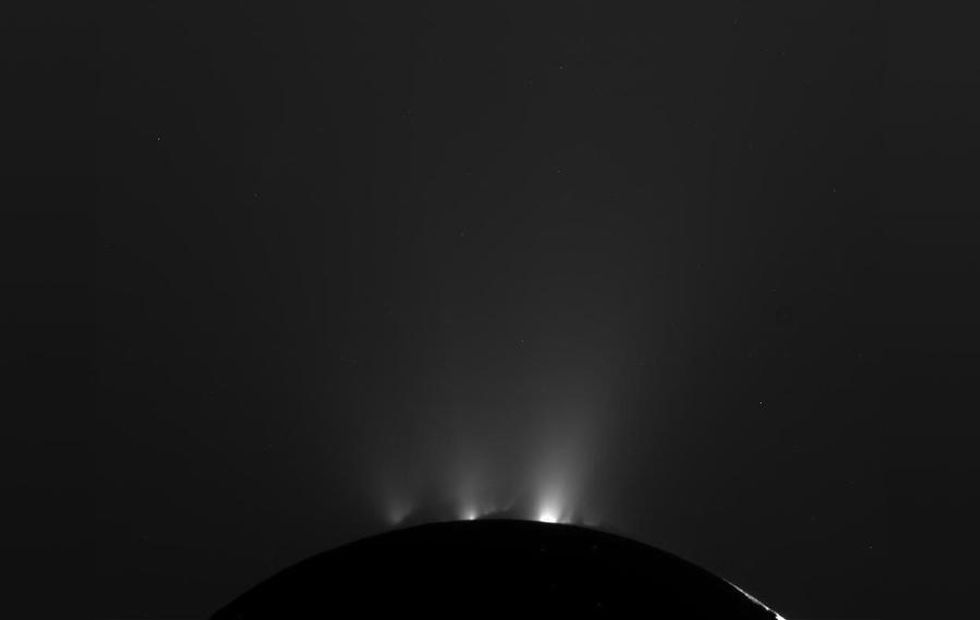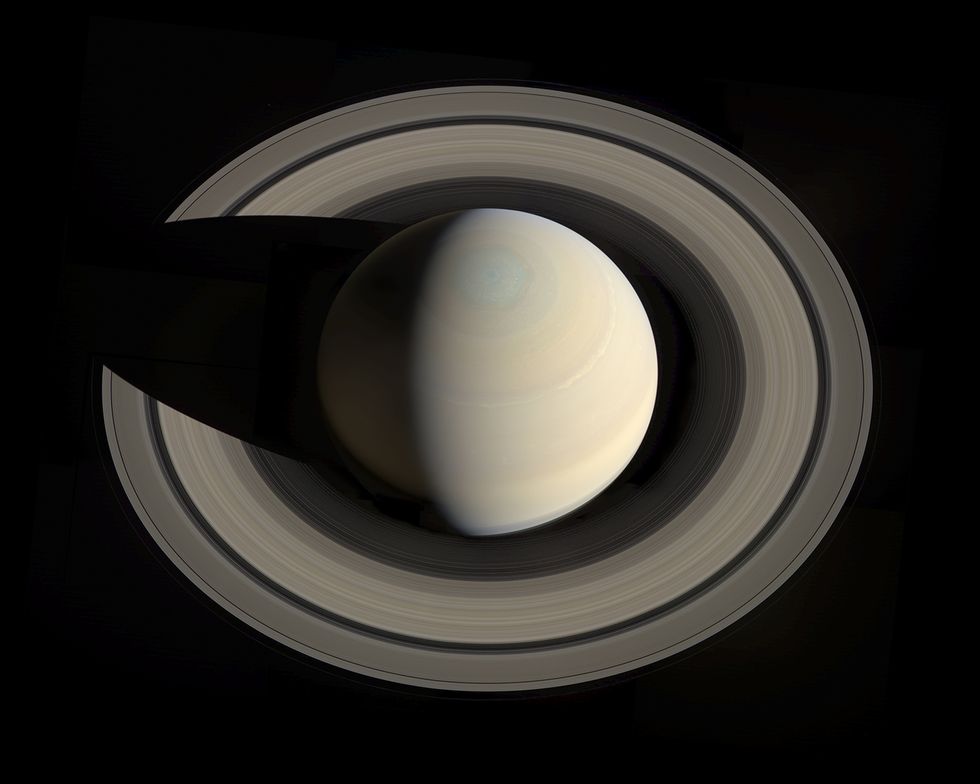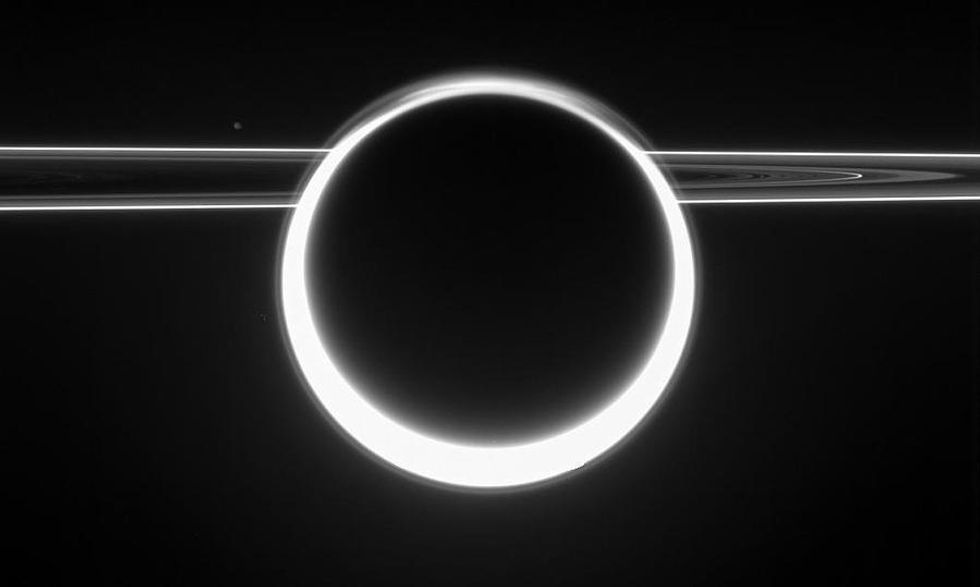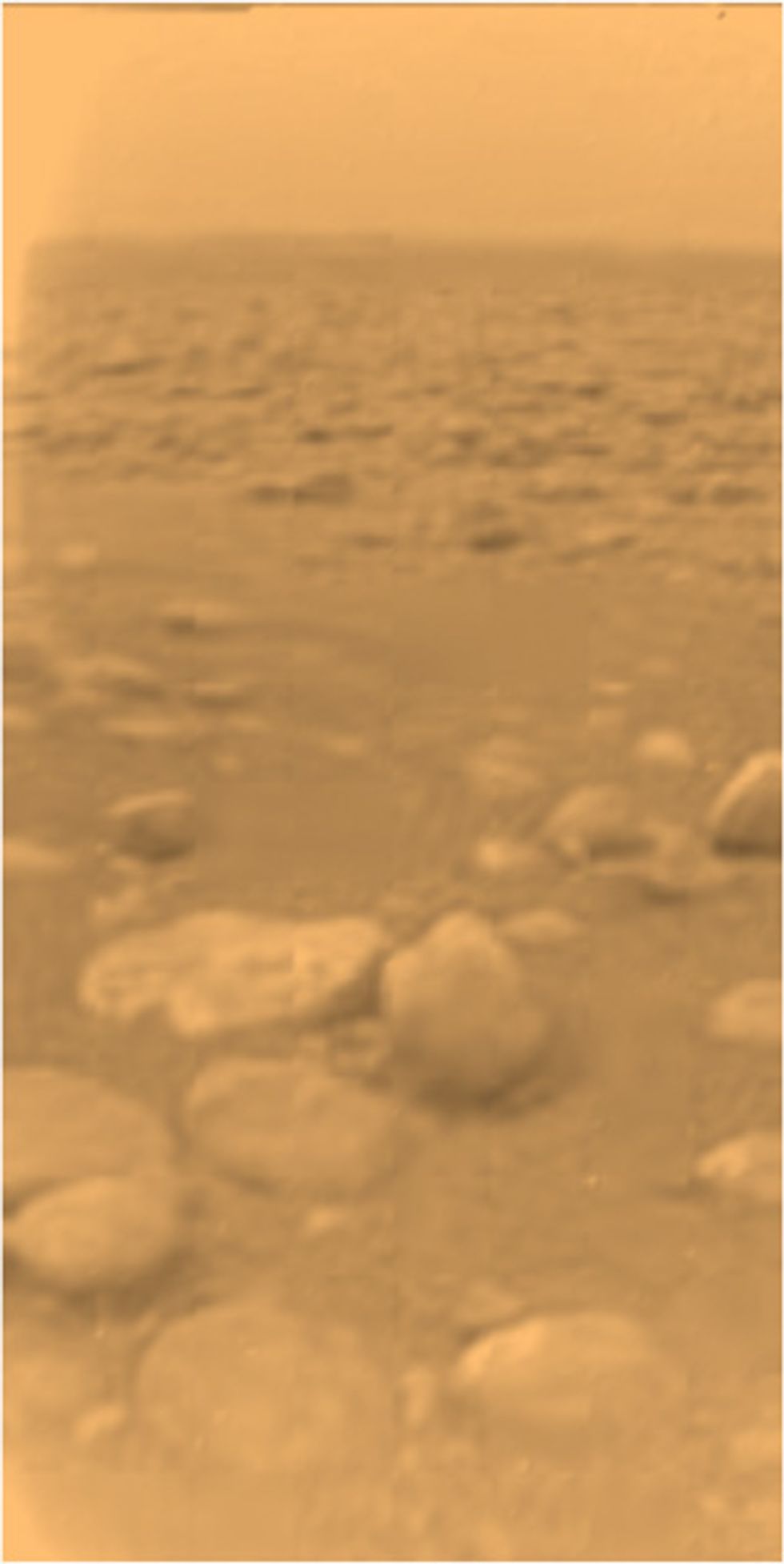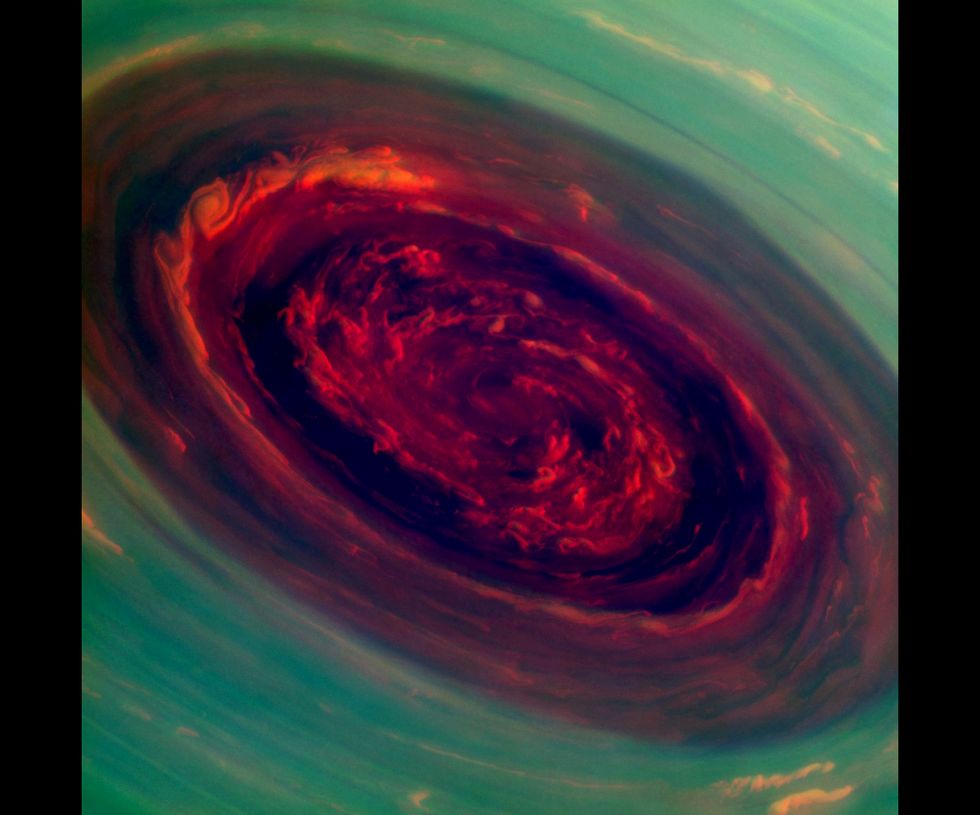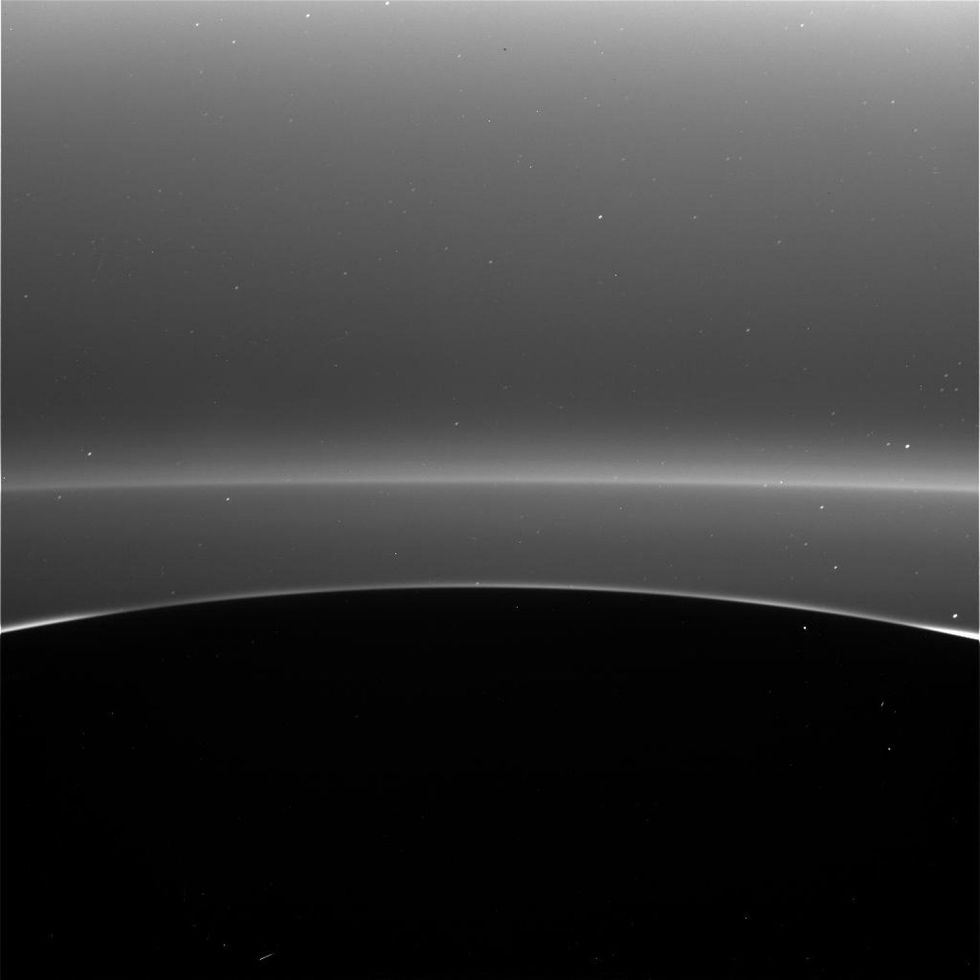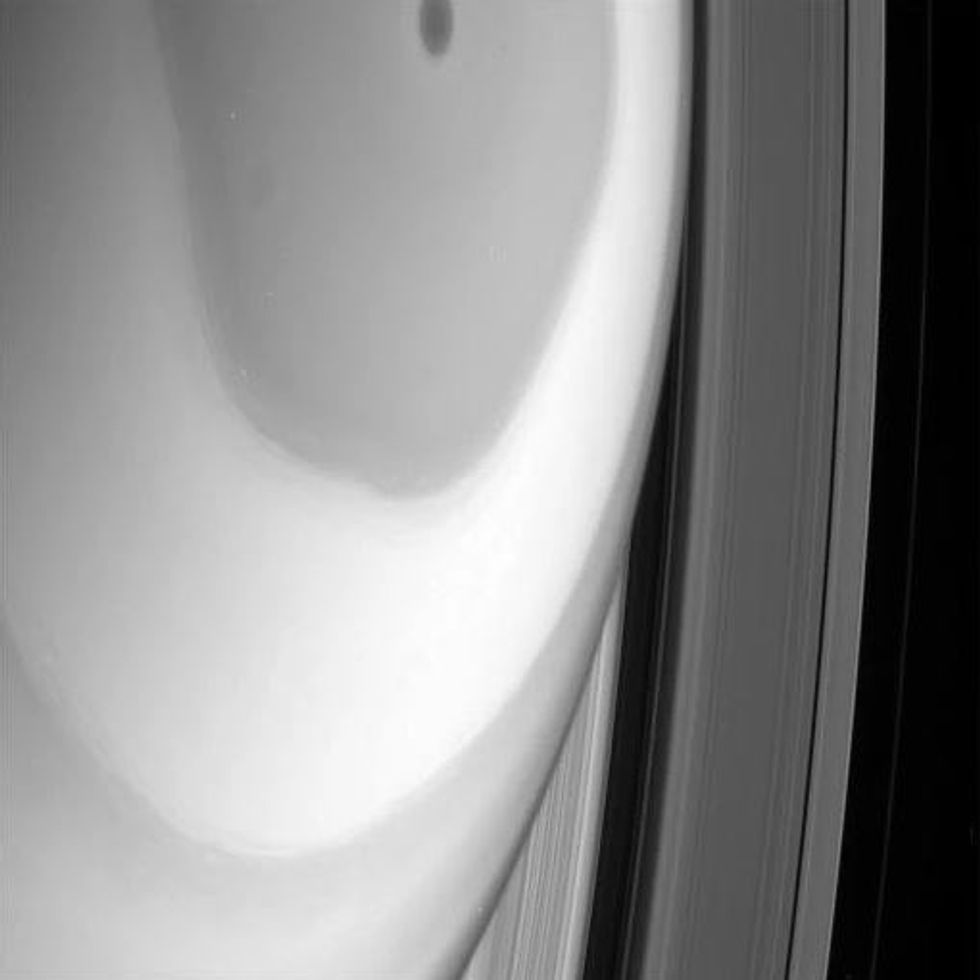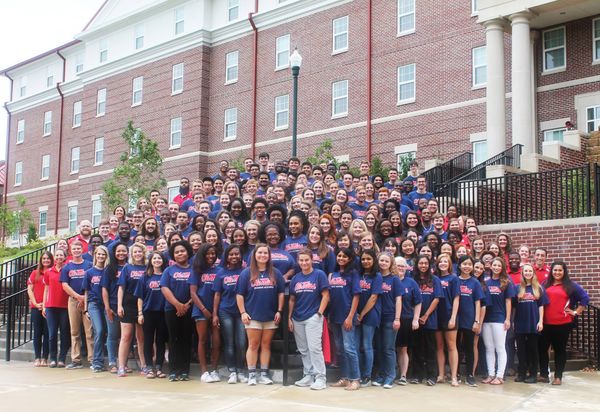On April 26th, 2017, the Cassini space probe underwent its first of twenty-two planned dives between Saturn and its ring system. Cassini, which has orbited Saturn for nearly thirteen years and has conducted immense research about the gas planet, is running low on its fuel supply and is set to enter its grand finale. The dive is part of its final scheduled phase, after which it will crash into Saturn and be destroyed on September 15th, 2017. The following collected pictures are the greatest the probe has taken during its amazing mission.
1.
Saturn is the sixth planet from the Sun and the second largest in the Solar System. It is ninety-five times more massive than Earth yet it is less dense than water: it would float if there was a water body large enough to hold it.
2.
This picture is of Saturn's rings with four Saturnian moons (from left to right): Pan (in between its rings), Titan (background), Dione, and Pandora. These are just four of its total sixty-two moons.
3.
Geysers erupt from the Saturnian moon Enceladus. The moon has been of recent interest by NASA as it and Europa, a moon of Jupiter, are the two best candidates for life outside of Earth in the Solar System. Enceladus has a large subsurface ocean which may harbor extraterrestrial life.
4.
Saturn's gorgeous ring system make it by far the most beautiful planet in the Solar System. They are mostly made up of ice with thulium and amorphous carbon. Scientists are unsure how they formed but they were probably either leftover material from the early Solar System or the remains of a destroyed moon. The gravitational force caused by Saturn's moons help shape and distort them as they pass through their orbits.
5.
Sunlight passes through the thick atmosphere of Titan, highlighting the planet. Titan is the only moon in the Solar System to have an atmosphere and is the only other known object besides Earth in the universe to have standing liquid bodies on its surface. However, the liquids are not water but rather lakes and seas of ethane and methane.
6.
Cassini had a detachable land probe called Huygens that landed on Titan, making it the furthest man-made object ever built to have landed somewhere. It functioned only briefly after it landed but it managed to send back this picture of the Titanian landscape.
7.
This hurricane near Saturn's north pole is over 1200 miles wide with wind speeds of 330 mph.
8.
This picture was taken when Cassini did its dive between the planet and the ring system. The sharp division between the rings and open space is clearly visible.
9.
This picture was also taken during Cassini's dive.


